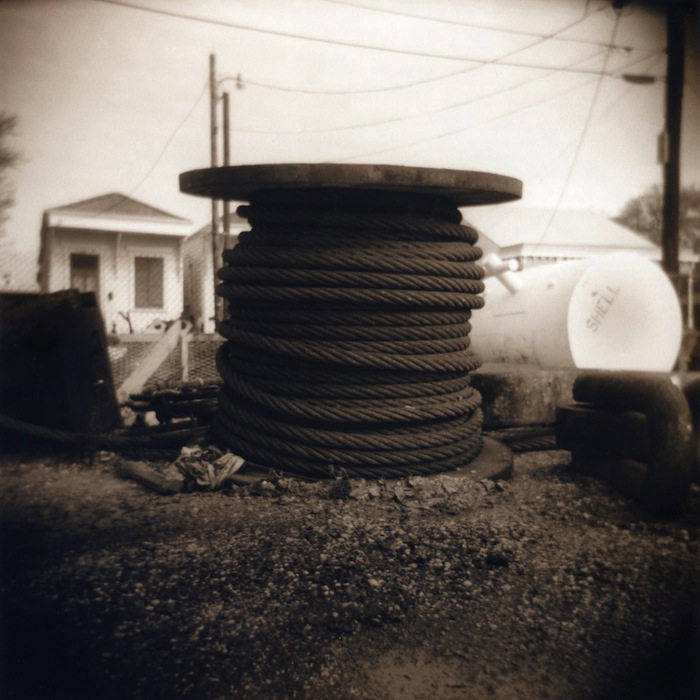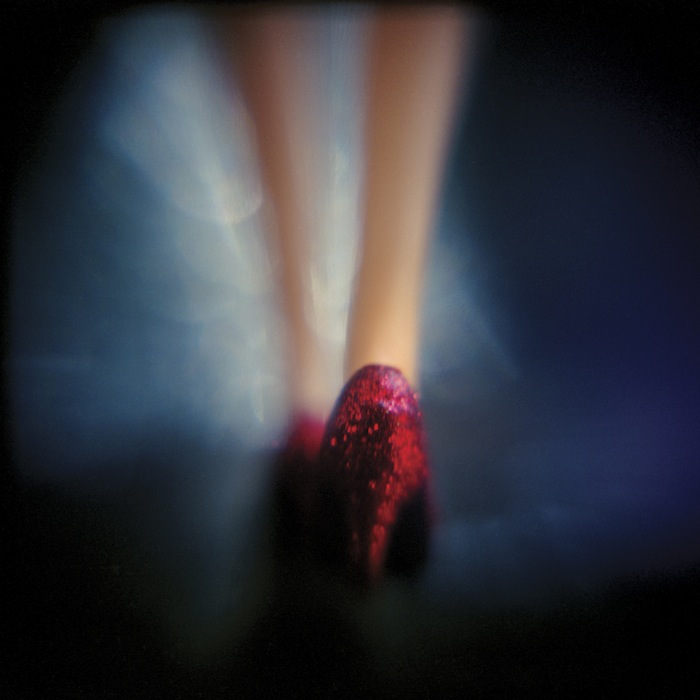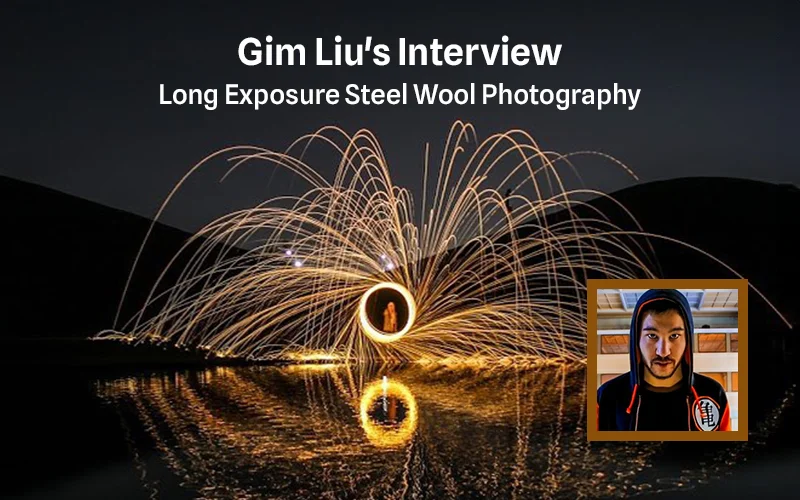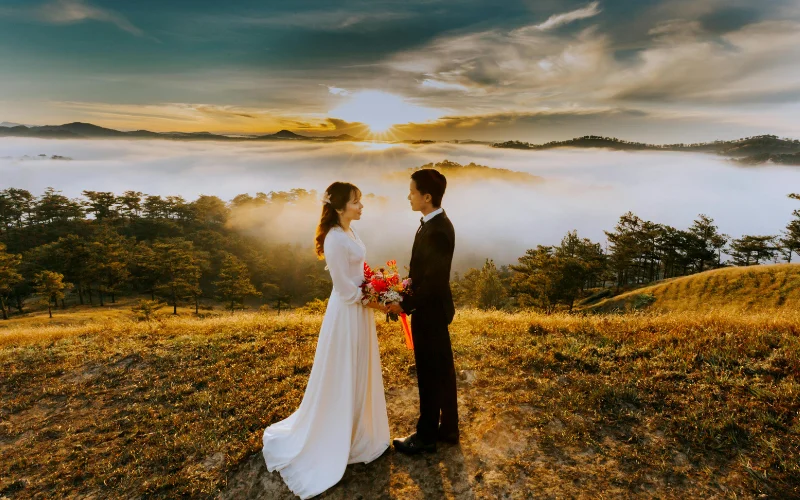When Hurricane Katrina hit New Orleans in 2005, Jennifer Shaw was giving birth to her son. Luckily, Jennifer Shaw and her husband had just fled from New Orleans the night before. They had also taken with them a few important things: their two cats, two dogs, important papers, a change of clothes, and two crates filled with film negatives. That last item needs repeating: in the dead of night, hours from giving birth, a morning away from one of America’s worst disasters, Jennifer Shaw had forced herself to take her film negatives.
This shows how much photography means to Jennifer Shaw, and also highlights her love for traditional photography formats. If she had transitioned to digital photography, there wouldn’t be a need for crates — just several bulky hard drives. Yet Jennifer Shaw, like many others, see in film photography a craft that teaches a few lessons digital can’t. Namely, a patience and perseverance that can ground a photographer into slowly examining what’s around them. The work of Jennifer Shaw is a perfect example of this. Her images have that observant, narratively focused thirst for organic beauty. It is no wonder that she has been featured by Lenscratch, American Photo, and NPR.
In this interview, Jennifer Shaw talks about how photography helped her cope with Hurricane Katrina, explains her approach to depicting scenes of devastation, and reveals why she thinks film and its darkroom must be taught to every photographer.
Your work focuses greatly on New Orleans. How did you get your start photographing that city? How would you describe your work?
I got my start photographing New Orleans by moving here, in 1994, after I graduated from college. It was only natural to create work where I lived. There’s a quote I love by Marcel Proust – “The voyage of discovery is not in seeking new landscapes, but in having new eyes.” I firmly believe we can create meaningful work right in our own backyards. Of course it doesn’t hurt that New Orleans offers such a lush and evocative backdrop, and has served as a muse to artists of every genre for ages.
I work within very traditional photographic realms, film, darkroom, etc. I hope that my images contain a sense of narrative within, hints of story that can allow the viewer to draw his or her own conclusions. I embrace a certain romantic tradition, and try to create work that connects with viewers on an emotional level, beyond pure documentary.
Why film? How do toy cameras influence your work?
Film is what I grew up with and I guess I’m too much of a luddite to have made the switch to digital just yet. I love working with toy cameras because their simplicity allows me to respond to my surroundings in a very intuitive way. If something moves me I can capture it without stopping to adjust shutter and focus. No thinking required – pure instinct and emotion. Also, I’m smitten with the square format and plastic cameras are much more affordable than Hasselblads.
You have a great sense of composition. What goes through your mind when setting up a shot? Any guiding principles?
Thank you! I don’t have any magical formula. I just respond to the scenes that I encounter and attempt to frame things up well before clicking the shutter. There’s always that dance, deciding what to leave in and what to crop out. I tend to shoot in a very straightforward manner, putting the subject front and center more often than not. I enjoy the restraints of working within the square, looking for a balance, or tension, between the subject and the four corners.
Hurricane Katrina figures heavily in your work. How did photography help you cope with those experiences surrounding the storm?
Photography was crucial in helping me process the stress of the Katrina experience. To this day I’m not sure how people without a creative outlet survived those trying times. It was such a cataclysmic, life-changing event that it was impossible to ignore and had to work its way into (or perhaps work its way out through) my creative expression.
“Do Bulldoze” is one of my favorites in Aftermath. Could you explain how that project came about?
Aftermath began when we took our first “misery tour,” driving our relatives through the Lower Ninth Ward when they came to visit for Christmas 2005. It was my first time viewing the worst of the devastation. Of course it had already been well documented by many others by then. But I almost felt like it was my duty as a local photographer to see and record it from my own perspective. So I spent a few months driving around the disaster zones on weekends and documenting the wreckage.
What was your approach to depicting these scenes of devastation?
I approached it from a documentary standpoint, with the aim of confronting, or witnessing the storm’s destruction. I primarily worked from street views, occasionally taking the liberty to come in closer if there was a detail that drew me in. I did not generally enter into the abandoned homes. The one time I tried it felt invasive and unethical. I think there was a sense of survivor’s guilt – because our house did not flood – that both pulled me toward the subject and eventually pushed me away. At a certain point I decided the best way I could communicate about Katrina was to tell my own story, so I shifted gears and began working on Hurricane Story.
What is the photography scene like in New Orleans today?
It’s really vibrant. A group of photographers formed the New Orleans Photo Alliance in early 2006, after Hurricane Katrina, and have created a strong and supportive network. We host an annual photography festival each December called PhotoNOLA, which includes citywide exhibitions, portfolio reviews, workshops and lectures. It’s entering its eighth year and has great support from the local arts community, with lots of gallery participation and partnerships with the major museums. We also have two fantastic photography curators on the scene, Richard McCabe, at The Ogden Museum of Southern Art, and Russell Lord, at the New Orleans Museum of Art. They’re organizing wonderful exhibitions, highlighting contemporary and historic work, which are helping to elevate and bring attention to the photographic arts.
In Relics, you photograph the “the beautifully rusty underbelly” of post-industrial landscapes. How did you make these photographs so interesting?
With Relics I was exploring my neighborhood, which borders the Mississippi River, and responding to the scenes and details that I found beautiful. The history of the port and its related industries has always fascinated me. I was hoping to capture a little of that wonder, while documenting the environs before gentrification wiped it all clean. I did a lot of shooting in the early morning hours, while biking or walking to work at a now shuttered photo lab, about two miles downriver from my home. It’s a fairly formal exploration of things left behind, with a strong emphasis on form, texture and light.
You teach darkroom photography. Why do you think that craft is important to learn?
Each year I feel a bit more guilty for sticking with this dinosaur art, and wonder if I should propose teaching an iPhonography course instead. However, I believe everything the students learn about composition and exposure are completely applicable to digital photography, even if they never pick up a film camera again. It’s such a magical process watching an image first appear in the developer tray, and I love being able to share that experience with them. I also think in this age of instant gratification that the traditional silver process has lessons to offer in patience and perseverance.
What are the three most important qualities every photographer should have?
Sensitivity – Be tuned in to your surroundings and subjects, highly observant and open and ready to respond to those moments when it all comes together within the frame.
Storytelling – Communication is the heart of the matter. Whether you’re dealing in fact or fiction, it is imperative to create a compelling story in order to engage viewers.
Perseverance – Be dedicated, wholly committed, to the craft, to your projects, to your career.
Be sure to check out all the work of Jennifer Shaw on her website!






















